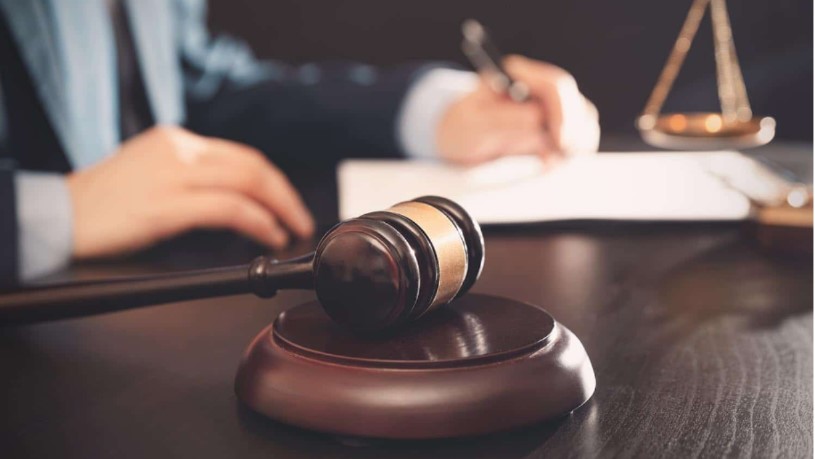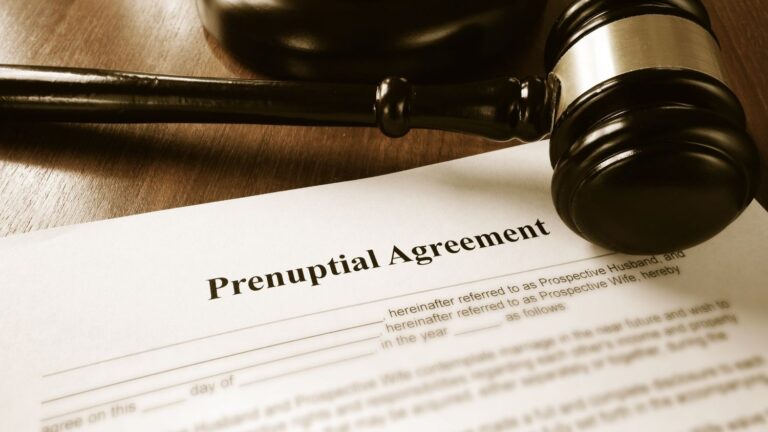A Complete Guide to DomesticViolence: How a Domestic Violence Lawyer Can Help You Seek Justice
Domestic violence shatters lives. It’s a complex issue that transcends physical harm, leaving deep emotional scars and impacting entire families. This guide sheds light on domestic violence, its various forms, and the critical role a domestic violence lawyer plays in seeking justice and rebuilding a life free from fear.
Understanding Domestic Violence
Domestic violence, also known as intimate partner violence (IPV), is a pattern of abusive behavior used by one partner to control the other. It extends far beyond physical assault and can manifest in several ways:
- Physical Abuse: Not Just Punches or Kicks – While hitting, shoving, or pushing are common forms, physical abuse can also encompass strangulation, burning, or using weapons.
- Emotional and Verbal Abuse: The Hidden Scars – Threats, insults, humiliation, and constant criticism are insidious tactics used to erode self-esteem and isolate the victim.
- Financial Abuse: Controlling Your Finances, Controlling You – This involves restricting access to money, sabotaging credit scores, or forcing a partner to be financially dependent.
- Sexual Abuse: A Violation of Trust and Intimacy – Forced sexual acts, marital rape, and withholding intimacy are all forms of sexual abuse used to exert power and control.
- Other Forms of Domestic Violence: Stalking, Threats, and Isolation – Constant monitoring, stalking, threats of violence, and isolating the victim from friends and family are additional methods of abuse.
Domestic Violence Statistics: The Shocking Reality
The National Coalition Against Domestic Violence (NCADV) reports that 1 in 3 women and 1 in 4 men have experienced some form of physical violence by an intimate partner throughout their lifetime. These numbers highlight the disturbing prevalence of this issue.
The Cycle of Abuse: Understanding the Pattern
Domestic violence often follows a cyclical pattern, characterized by periods of tension building, followed by violent outbursts, apologies, and a “honeymoon” phase where the abuser attempts to regain control through affection. This creates a false sense of hope and makes it difficult for victims to leave.
Recognizing the Signs of Domestic Violence
Are You in an Abusive Relationship? A Quiz
This section can include a brief self-assessment quiz with questions like:
- Does your partner constantly put you down or belittle you?
- Are you afraid to disagree with your partner for fear of their reaction?
- Does your partner control your finances or prevent you from seeing friends and family?
- Have you been physically harmed by your partner?
Red Flags: Early Warning Signs of Domestic Violence
- Jealousy and Possessiveness: Excessive jealousy and controlling behavior are early signs of potential abuse.
- Policing Your Behavior: Does your partner dictate how you dress, who you see, or how you spend your time?
- Isolating You from Loved Ones: This tactic aims to weaken your support system, making it harder to leave.
- Sudden Mood Swings and Unpredictable Behavior: Walking on eggshells around your partner due to their volatile nature is a red flag.
- Minimizing or Denying Abuse: “It wasn’t that bad” or “You made me do it” are manipulative attempts to shift blame.
But They Said They’d Change”: Excuses Abusers Use
Abusers often manipulate with empty promises of change. Remember, abusers rarely change on their own, and seeking professional help is crucial.
Is it Just a Fight? Differentiating Domestic Violence from Conflict
Healthy disagreements happen in relationships. However, domestic violence involves a pattern of control, intimidation, and fear.
The Impact of Domestic Violence
The Physical and Emotional Toll of Abuse Domestic violence has lasting consequences. Victims may experience physical injuries, chronic pain, post-traumatic stress disorder (PTSD), anxiety, and depression.
How Domestic Violence Affects Children
Children exposed to domestic violence are at an increased risk of mental health problems, substance abuse, and difficulty forming healthy relationships.
Breaking the Silence: Why Victims Don’t Leave
Leaving an abusive relationship is a complex decision. Fear of retaliation, financial dependence, and societal stigma can prevent victims from seeking help.
Seeking Safety and Support
Creating a Safety Plan for You and Your Family Develop a plan for escape in case of an emergency. This includes having a safe place to go, keeping important documents and a phone readily accessible, and identifying trusted individuals who can help.
The Legal Path to Justice
What Can a Domestic Violence Lawyer Do for You?
A domestic violence lawyer is a vital ally in navigating the legal system and securing your safety. Here’s how they can help:
- Obtaining a Restraining Order: This legal order restricts the abuser’s contact with you, potentially including your home and workplace.
- Child Custody and Visitation Rights: Your lawyer can advocate for fair child custody and visitation arrangements that prioritize your children’s safety and well-being.
- Spousal Support and Property Division: A lawyer can ensure you receive fair financial support and a just division of marital property.
- Criminal Charges and Protection from Abuse: In cases of severe abuse, your lawyer can work with law enforcement to press charges against the abuser and obtain protection orders.
The Legal Process: What to Expect
Gathering Evidence and Documentation: Collect evidence like police reports, medical records, and text messages to support your case. Court Appearances and Hearings: Your lawyer will guide you through court appearances and advocate for your best interests. Working with Your Lawyer to Achieve Your Goals: Maintain open communication with your lawyer and clearly define your desired outcomes.
Healing and Moving Forward
Emotional Healing After Domestic Violence Therapy and support groups provide a safe space to process the trauma of abuse and develop healthy coping mechanisms.
Building a Life Free from Fear
Reclaiming your life involves rediscovering your strengths and independence. Explore interests, reconnect with loved ones, and prioritize self-care.
Financial Independence: Rebuilding Your Security
Financial abuse can leave victims feeling vulnerable. A lawyer can help secure fair financial settlements and develop a plan for financial independence.
Empowerment and Self-Care: Reclaiming Your Life
Focus on activities that empower you and nurture your well-being. Prioritize self-care practices like healthy eating, exercise, and relaxation techniques.
Additional Resources
This section can provide links to relevant organizations:
- Hotlines and Support Organizations: Include contact information for the National Domestic Violence Hotline, local shelters, and crisis support services.
- Legal Aid and Pro Bono Services: List resources offering legal assistance to victims of domestic violence.
- Online Resources and Educational Materials: Provide links to websites with information on domestic violence, safety planning, and legal resources.
Myth Busting:
Common Myths About Domestic Violence
- “They’ll Change”: Why Abusers Rarely Change on Their Own – Abusers often manipulate and rarely change without professional intervention.
- “It’s My Fault”: Breaking the Cycle of Blame – Victims are never to blame for an abuser’s actions.
- “Domestic Violence Only Happens to Women”: Understanding Abuse in All Relationships – Domestic violence can occur in heterosexual, same-sex, and cohabiting relationships.
Taking Action: You Are Not Alone
How to Help a Victim of Domestic Violence Listen non-judgmentally, offer support, and encourage them to seek professional help.
Spreading Awareness and Ending the Stigma
Speak openly about domestic violence and challenge the stigma that surrounds it.
Building a Future Free from Domestic Violence
By educating ourselves, supporting victims, and advocating for change, we can work towards a future free from domestic violence.
Conclusion
Domestic violence is a complex and devastating issue, but it’s important to remember there is hope. With the right support and resources, survivors can heal, rebuild their lives, and find safety. If you are experiencing domestic violence, please know you are not alone. Reach out for help. Some people care, who want to help you, and who can guide you towards a future free from fear. Take the first step today. You deserve to live a life filled with respect, safety, and happiness.
Stay in touch to get more updates & news on Discover Tribune!






